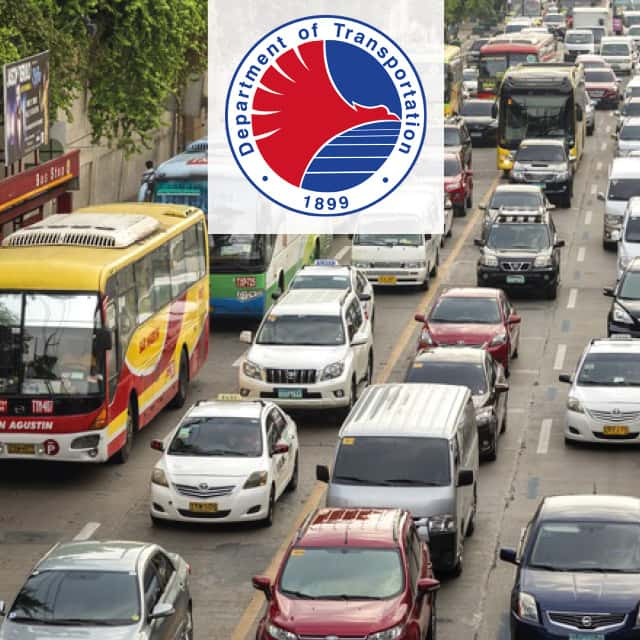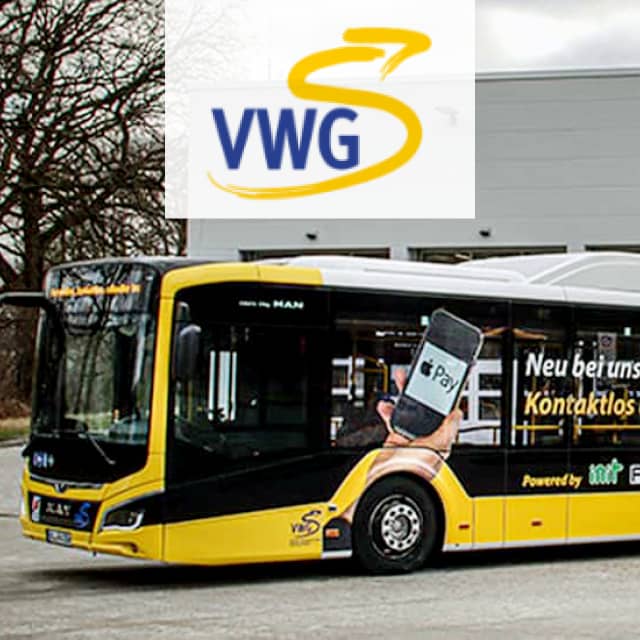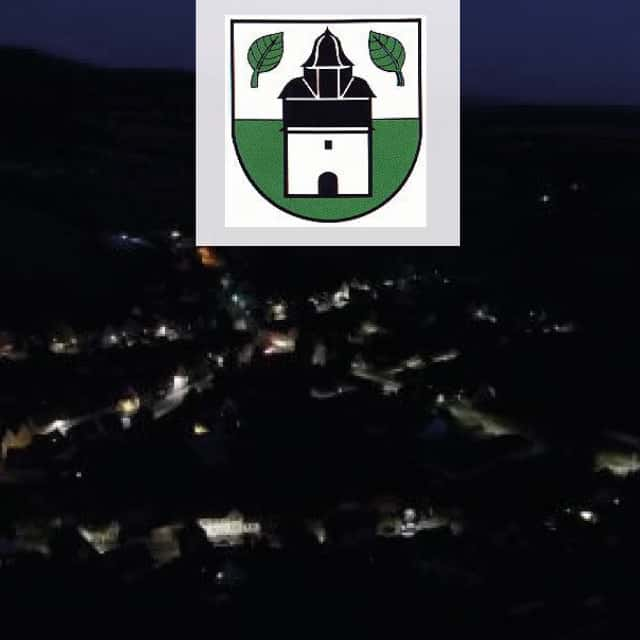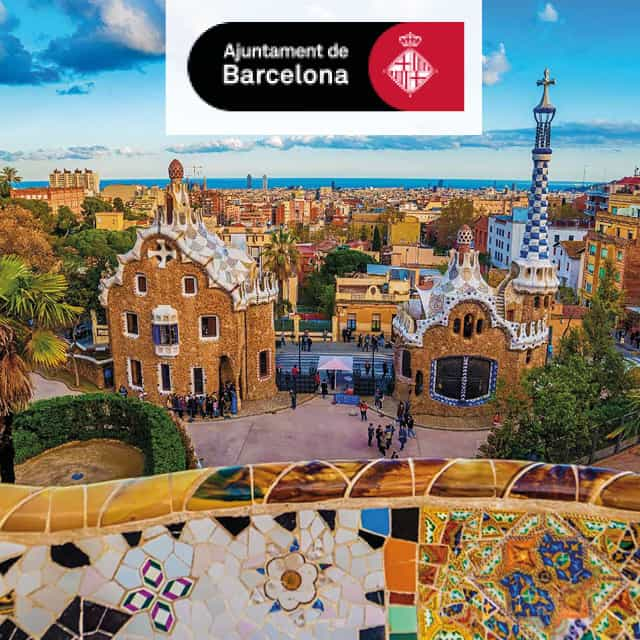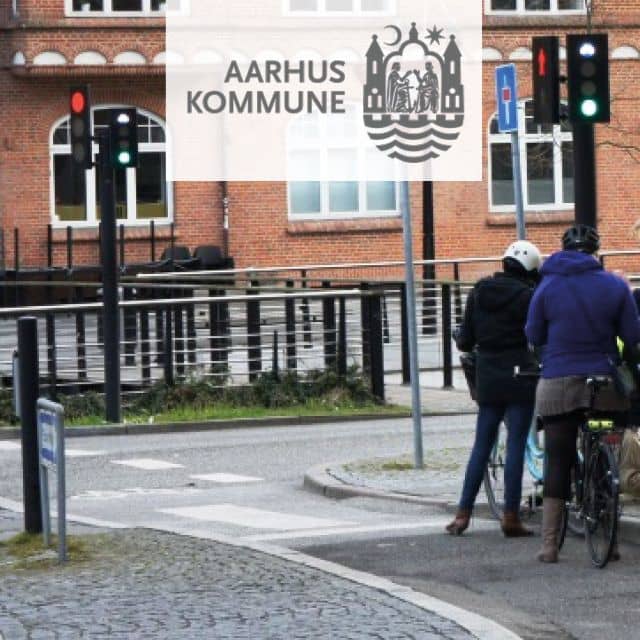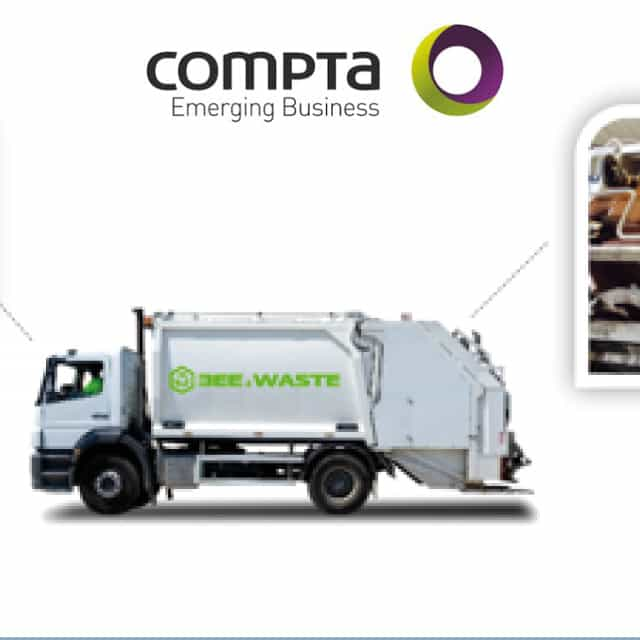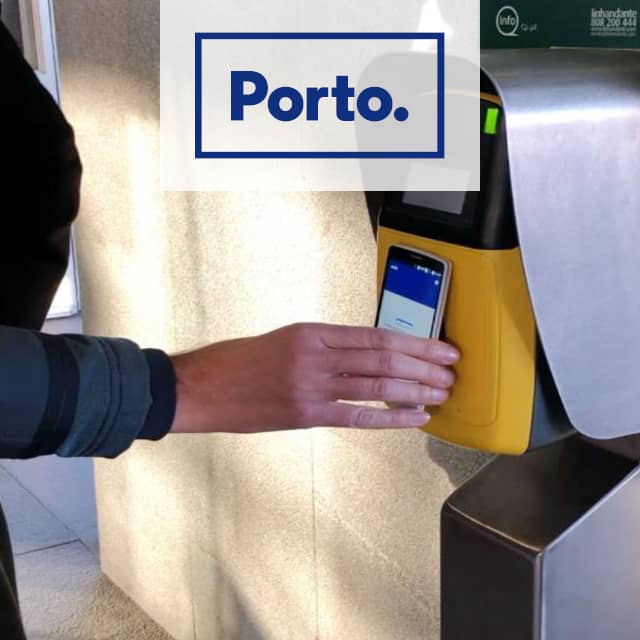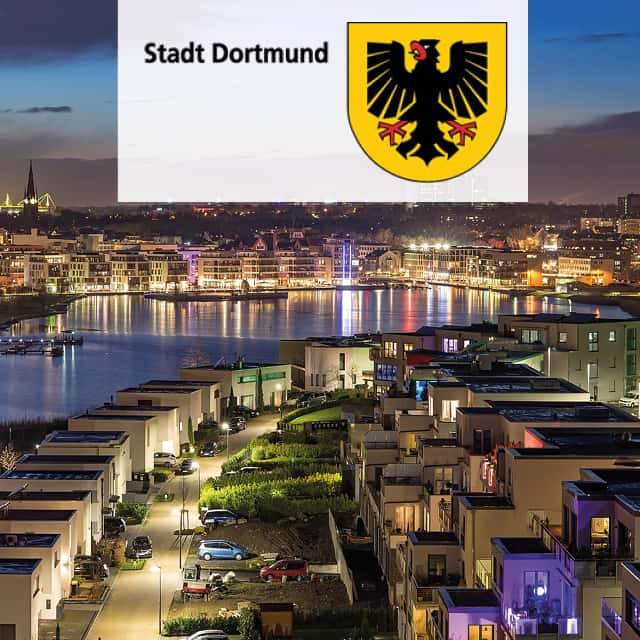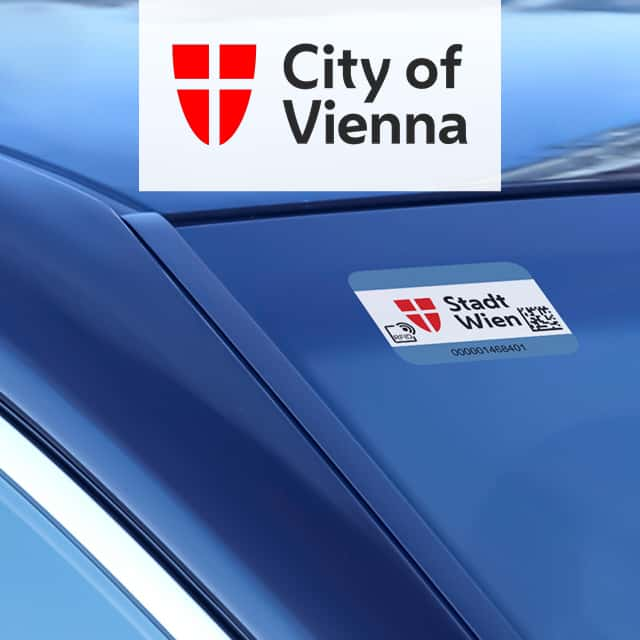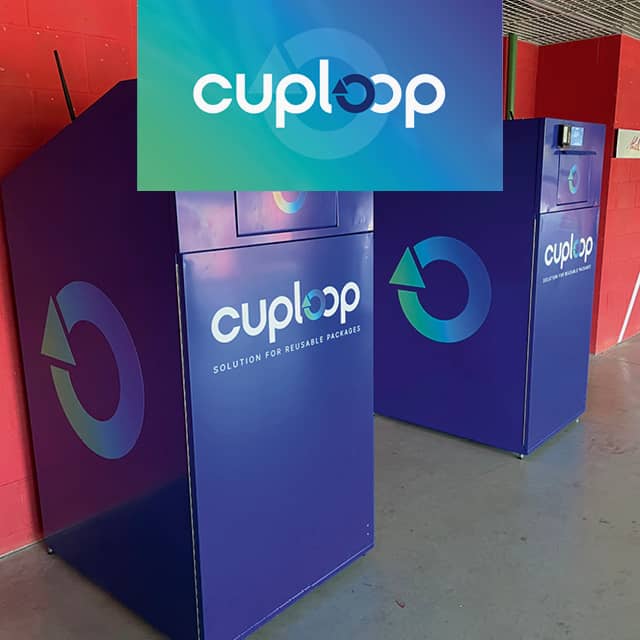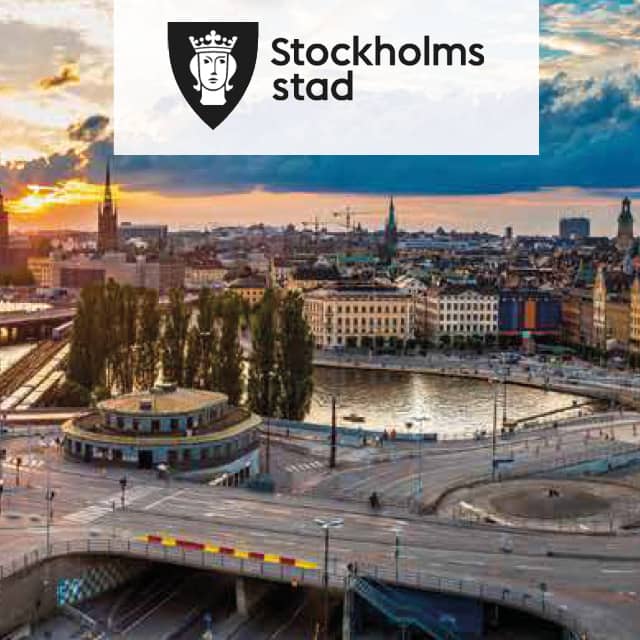
Sensor-Based Solution for Traffic Jam Prevention in Stockholm
Stockholm is responding to rising traffic volumes with a technological solution for traffic control.
A sensor-based solution uses Bluetooth and WiFi signals to record driving times and traffic movements, and based on this information, traffic flow can be optimized.
In the province of Stockholm there are over 400 cars registered per 1,000 inhabitants. Commercial vehicles and public transport also contribute to the congested road network.
Process Requirements
The number of vehicles on the roads in and around Stockholm is growing continuously. This leads to higher traffic volumes, delayed mobility and increasing environmental pollution. Susceptibility to traffic jams in large cities requires analysis and optimization of the traffic volume.
Objectives
- Optimizing traffic flow
- Providing transparent real-time information on travel times in the city
- Reducing environmental pollution
Solution
In Stockholm, 30 sensors are installed along the road network to collect traffic data. The collected data is based on the movements of Bluetooth enabled devices in vehicles. The sensors detect activated Bluetooth and WiFi signals from smartphones or on-board systems of cars and trucks.
The vehicles are identified by several sensors to obtain detailed statistical information in real time on average speeds, travel times, standstill times and movement patterns. For reliable analysis, the sensors are installed along major roads with high traffic volumes. The more active Bluetooth/WiFi devices pass the sensors, the more accurate the detection of the traffic situation becomes. Information for road users can be provided more precisely.
Traffic flow data is displayed as dynamic information in real time on variable message signs along the main roads and on an online platform. With this information, road users can plan routes in advance and help reduce congestion. The driving times including route calculations are continuously updated.
The developments in traffic density, traffic speed and congestion are analyzed. If road works are set up, road users can be informed of road closures in advance. Free capacities on relief routes are measured and alternative route suggestions are passed on to motorists.
Advantages
- Real-time data acquisition and transmission
- Congestion is actively prevented
- Alternative route suggestions and information about road works and road closures
- Analysis of movement patterns
- Measurement of capacities on relief routes
- Minimization of traffic jams and resulting environmental pollution
Learn More
Questions? Get in contact with the editorial team!
Technologies
Application Fields



